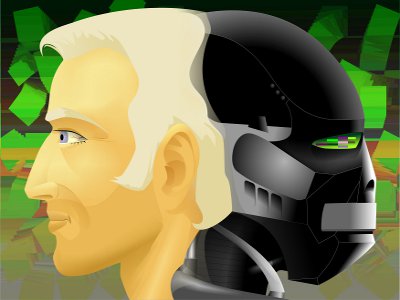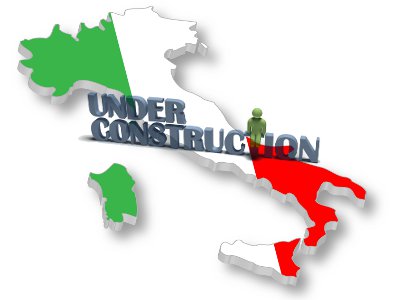The New User Experience

YNOT EUROPE – Recently I read an interview with the manager of some web applications for Google. I asked if it was possible to modify the application by adding some functionality, and the manager replied, “Sure you can, but we do not. Excessive customization can only create confusion among users.”
The clear, decisive response helps us understand how Google approaches the user experience with their new products. Frankly I’m glad to have the answer, even if the end product will not be able to do whatever we want.
The approach is exactly the opposite of the old way of designing software in the technology sector — a sign that something is changing, and of a a new formula for hi-tech.
In the next decade, this principle is intended to change the balance of power in the industry and will have a major impact on the way information technology works.
The old model
Take for example Microsoft Word. It’s surely the most popular software application of all time. The software was an immediate success. It was one of the first WYSIWYG word processors to introduce a toolbar (one of several revolutions).
In order to grow the product and make it more suitable to the needs of users, Microsoft decided to “listen” to all the suggestions offered by users according to individual needs. This has made the software “closer” to users, but also has blown out of proportion the features and options. Now we are left with a record of biblical proportions (a course about how to use Word would take 1,000 hours) and several features that make us lose sight of the most simple and elementary concepts.
The model applies not only to Word, but also to most other Microsoft Office products and small business applications.
We can also make a comparison with hardware. Think of the computer desktop with a lot of redundant ports and an enormous number of buttons (often not used) that ultimately only create confusion. All these products have been the result of a race to keep up with the incessant demands of technology. The problem with this approach is that it emphasizes the exaggeration of form over substance.
The new model
The new philosophy for designing and building hi-tech products is “less is more.” Instead of adding features that may be useful for a few people, the purpose is to build products that adhere to basic functionality and offer obvious benefits at first approach.
That’s why products with minimal GUIs and feature sets — like the iMac, iPhone, iPad, Android, Gmail, Salesforce, etc. — have become successful. A user should be able to employ the product without opening the instruction manual.
Once the user becomes accustomed to this kind of experience, they change their expectations for new products they will purchase or use in the future.
Designers must embrace a new word: “NO.” Say no to options and functions that may appear useful or “cool,” but in the end are not necessary.
This bold new approach will change everything for both users and for professionals who must transform their way of designing, conceiving and creating hi-tech software and web applications.
As Leonardo da Vinci said, “Simplicity is the ultimate perfection.”
This article was written for YNOT Europe by Inkontri.
Comments are closed.






